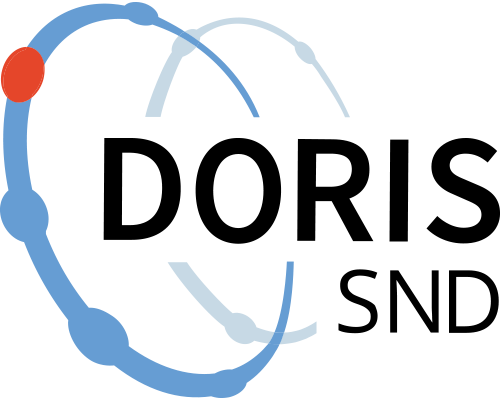Prevalence of bovine norovirus and nebovirus and risk factors for infection in Swedish dairy herds
Aim of the study was to determine the prevalence of bovine norovirus and nebovirus infections in dairy calves in Sweden. A secondary aim was to analyse herd and management factors associated with these infections. In this study, samples and data collected for another study in 2005-2007 were used (Silverlås et al. 2009. Prev. Vet. Med. 90, 242-253). The samples and data were originally collected for studying Cryptosporidium infections. Fecal samples from 5 calves 2-30 days of age were collected by a veterinarian visiting each farm once, in total 50 farms. For the present study, samples were analysed by RT-PCR for bovine norovirus and nebovirus. For specification of the methods, see the published paper. The management data were collected at the farm visits by observation and interview of farmers using a standardized questionnaire.
The dataset contains the results of RT-PCR analyses of fecal samples from young calves for bovine norovirus and nebovirus. Five calves per herd in 50 Swedish dairy herds were included in the study. The dataset also includes information about the herd, i.e. herd size, average yearly production and a number of variables concerning management of calvings and calves. Such management routines could influence the level of calf health and transmission of infections. These data were gathered through standardized interviews with the farmers. Data compiled in two separate files, calf level data (individual), 250 rows + heading, herd level data, 50 rows + heading.
Go to data source
Opens in a new tabhttps://hdl.handle.net/20.500.12703/3937
Documentation files
Documentation files
Citation and access
Citation and access
Data access level:
Creator/Principal investigator(s):
- Charlotte Axén - National Veterinary Institute
Research principal:
Principal's reference number:
- SLU.kv.2021.4.4-195
Data contains personal data:
Yes
Type of personal data:
Herd registration number pseudonym
Code key exists:
Yes
Citation:
Language:
Method and outcome
Method and outcome
Geographic coverage
Geographic coverage
Administrative information
Administrative information
Topic and keywords
Topic and keywords
Publications
Publications
Metadata
Metadata
Version 1
